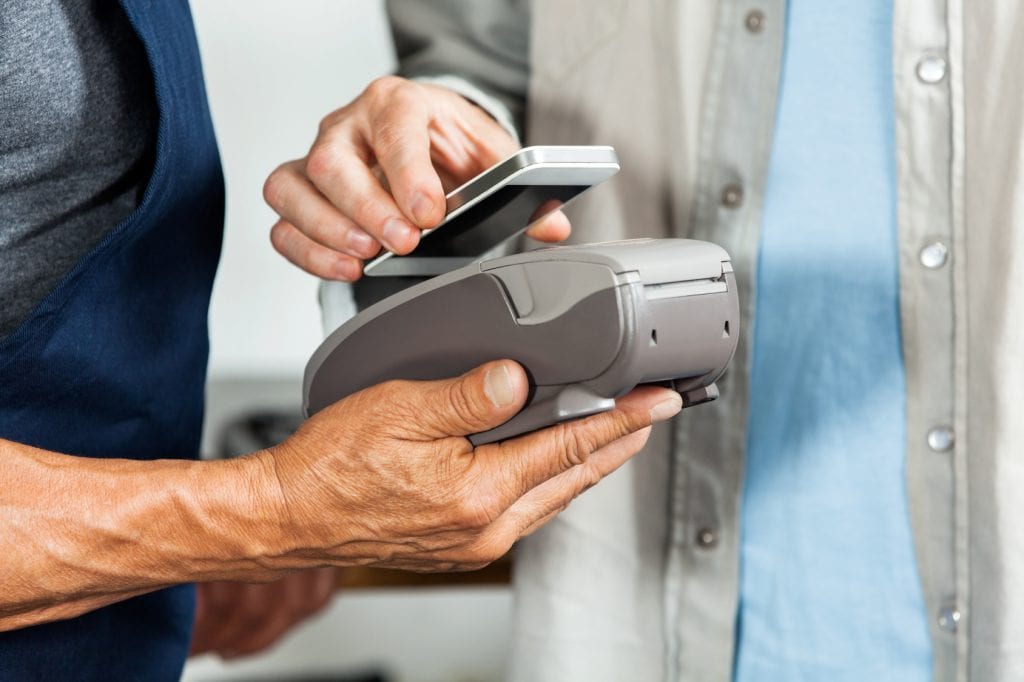Since the introduction of the mobile-paymentsconcept, a significant amount of focus has been on the convenienceit offers to consumers. A major selling point was that installingpayment credentials on the mobile platform would enable consumersto leave their wallets behind and make faster payments at the pointof sale. But is this really that much more convenient?
There is a developing sentiment that mobile payments are a solutionwithout a problem. Yes, they have advantages over card-basedpayments, but who was complaining about plastic? The currentplastic card-based payment system certainly has its problems, butconvenience isn’t one of them. Cards are small, lightweight, andlast for years at a time. Simply put, the system works.
Still, it is possible to make a good thing better, and just becauseconsumers don’t recognize an opportunity for an improvement doesn’tmean it doesn’t exist. As Henry Ford was alleged to say regardingthe development of the automobile, “If I had asked people want theywanted, they would have said faster horses.” So even if plasticcards don’t need to be replaced, are mobile payments a valuableimprovement over plastic cards regardless?
The short answer is no. Even if mobile payments completely replacedplastic cards (which they won’t, not for many years), consumerswould still need to carry their wallets. Eliminating the need tocarry a credit card does not remove the leather wallet’s value as acentral location to keep cash, ID cards (e.g., driver’s license,public transportation cards, and insurance cards), and more.
Mobile payments in and of themselves are not inherently animprovement in convenience. It is difficult to argue otherwise.However, mobile payments do not exist in a vacuum. Although mobilepayments alone are not a significant improvement, they do offervalue when combined with other capabilities.
For example, consider the case of a consumer purchasing DVDs from abig box retailer. The difference between swiping a plastic card andtapping your phone is insignificant. However, there is asignificant difference if, in addition to providing paymentinformation, that tap also:
- Presents a coupon for 10% off
- Supplies loyalty information to accumulate rewards points
- Checks the consumer in to the location on Foursquare
- Prompts the consumer to leave a review on Yelp
- Alerts his friends on Facebook and Twitter that they shouldcome over to watch the new DVDs
- Presents an offer to purchase discounted popcorn at the grocerystore next door
In this example transaction, while moving the payment itself to themobile platform is no more or less convenient than using a card,the additional capabilities being integrated with the mobile devicemake a significant difference in the consumer experience.
But this is only the beginning. Consumers are becoming increasinglydedicated to the mobile experience. More capabilities are slowlyconverging onto the mobile device. Already, smartphones arereplacing MP3 players, cameras, video game consoles, and radios enmasse, and have begun to replace other technologies in a morelimited capacity (for example, a few weeks ago I downloaded anapplication that lets me use my smartphone as a remote control formy cable box). In the future, mobile devices will have thepotential to contain official identification (such as driver’slicenses and insurance cards), unlock house doors, start carengines, and more. Mobile payments are only one of aspect of thismovement towards mobile. In this context, as one part of themassive shift towards mobile, it is possible to understand howmobile payments are truly convenient. While eliminating the need tocarry a plastic card is insignificant, eliminating the need tocarry anything but a smartphone is not.
Ultimately, while mobile payments are not more convenientthemselves, they are one factor of many that contributes to anincrease in convenience. Inside of the transaction experience,moving payment credentials to the mobile platform enables a singleaction to execute several distinct functions simultaneously. Beyondtransactions, mobile payments are just one aspect of the mobileexperience that enables consumers to replace a number of items withthe single mobile device. From this vantage point, the convenienceis undeniable.
